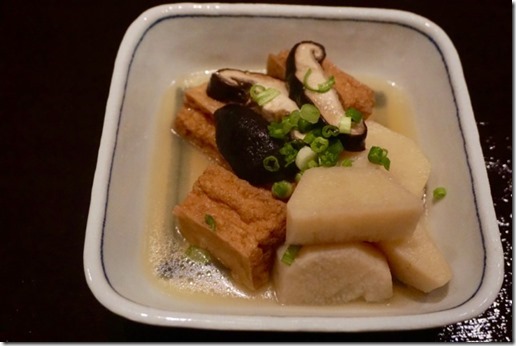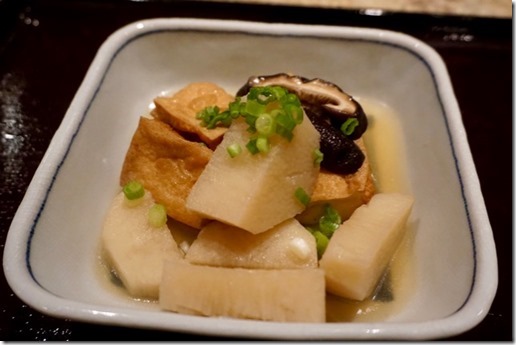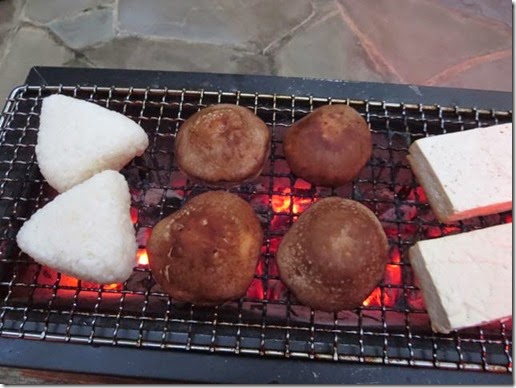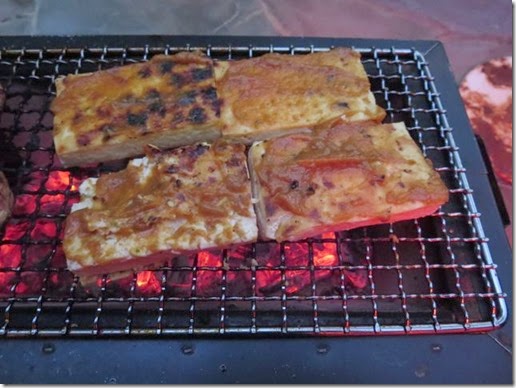After we switched to grocery home delivery, we realized some of the items were different from the ones available at a physical store. One of them is a whole half filet of salmon with skin on (around 2.5 lbs.) which appears to be only available for home delivery. The price per pound is more reasonable compared to smaller filets available in the store. We like every part of the salmon even the skin particularly when cooked to crispiness. Interestingly the salmon is not scaled when it arrives. So one of the first things I have to do is to scale it using a handy-dandy Japanese fish scaler. (I guess the grocery store reasons that most customers don’t like the skin. They just remove it and throw it away so why take the time to scale it.) Another part of this type of fillet that we particularly like is the belly portion which we eat as a small hors d’oeuvre . We also like the main portion of the fillet dried in the fridge for a few days before panfrying it . (Drying the salmon in the fridge was a technique my mother introduced to us. On one of our visits to Japan my mother offered to cook some salmon she dried with the enticing phrase “Totemo oishi WA” delivered with an emphatic nod of her head. Even my wife knew this meant, “it’s really good” and it was.) Drying the fish obviously removes some of the moisture and in so doing improves the flavor.
I usually end up with several portions of salmon in irregular shape from both the belly and tail end of the fillet. I remove the skin and and make salmon cakes with these portions. I usually make 4 cakes which are perfect for lunch or snack. This time, I served this as a small dish to go with red wine. I heated up the cakes in a frying pan, added blanched and chopped rapini and made sauce with brown butter and lemon juice. To make it more interesting, I added yuzu-kosho 柚子胡椒 which went remarkably well with this dish.
Salmon cakes
Ingredients: (make 4 small salmon cakes)
150 gram salmon meat, half finely chopped (to hold the cakes together) and another half coarsely chopped (to add texture), amount is variable, whatever I have when preparing the whole half filet of the salmon.
1 small shallot (or onion) finely chopped (#1)
1 jalapeño pepper, seeded and deveined, chopped finely (#1, optional)
2 fresh shiitake mushrooms, stems removed and caps finely chopped (optional, this time I did not have fresh shiitake)
2-3 tbs of panko Japanese bread crumbs (#4, adjust the amount based on the consistency of the mixture)
1 tbs mayonnaise (#2)
1 1/2 tsp Dijon mustard (#2)
Lemon juice from half a lemon
1 tbs chopped fresh dill (#2), I use the dill I cleaned and froze)
Olive oil for frying the vegetables and the salmon cakes












































